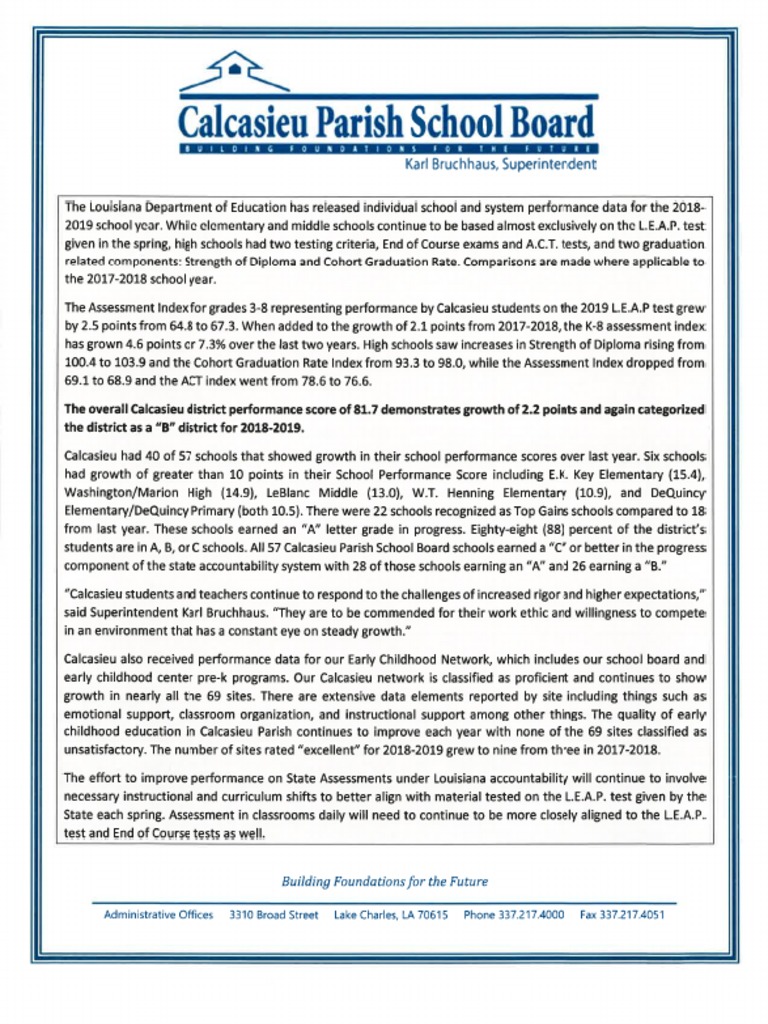Annotated Bibliography Examples: Expert Research Made Easy
Creating an annotated bibliography is a crucial step in the research process, providing a comprehensive overview of the sources used to inform a particular topic or argument. This process involves not only listing the sources but also summarizing and evaluating each one, highlighting its relevance, accuracy, and contribution to the field of study. An annotated bibliography example can serve as a valuable tool for researchers, helping them understand the structure and content expected in such a document.
Understanding the Annotated Bibliography
An annotated bibliography is more than a simple list of sources. It is an annotated list of citations to books, articles, and documents, where each citation is followed by a brief descriptive and evaluative paragraph, known as the annotation. The annotation should provide an overview of the main points, arguments, and findings presented in the source, along with an assessment of its quality, relevance, and significance.
Components of an Annotated Bibliography
Citation: The first component is the citation of the source in a chosen citation style (e.g., MLA, APA, Chicago). This part is crucial as it provides the necessary information for readers to locate the source.
Summary: The summary section of the annotation should encapsulate the main argument, hypothesis, or findings of the source. It’s essential to distill the source’s content into a concise overview without losing the essence of the original work.
Evaluation: Following the summary, the annotation should include an evaluation of the source. This involves assessing the source’s credibility, the author’s expertise, the methodology used (if applicable), and the overall contribution of the work to the field.
Reflection: Some annotations may also include a reflection on how the source relates to the research question or topic at hand. This could involve discussing how the source supports or challenges existing knowledge, its potential applications, or areas where further research is needed.
Annotated Bibliography Examples
Example 1: Book Source in APA Style
Citation: Johnson, K. (2019). The Impact of Social Media on Mental Health. New York, NY: Routledge.
Annotation: Karen Johnson’s book offers a comprehensive analysis of the relationship between social media usage and mental health outcomes. Johnson, a clinical psychologist, reviews numerous studies that indicate a significant correlation between excessive social media use and increased rates of depression and anxiety among adolescents and young adults. While the book provides valuable insights into this pressing issue, it falls short in offering concrete, actionable strategies for mitigating these effects. Nonetheless, it serves as a foundational work in understanding the psychological impacts of social media and is highly recommended for both professionals and the general public interested in this area.
Example 2: Journal Article in MLA Style
Citation: Smith, John. “The Evolution of AI: From Basic Machines to Cognitive Entities.” Journal of Artificial Intelligence Research, vol. 20, no. 1, 2020, pp. 1-15. JSTOR, doi: 10.5555⁄12345678.
Annotation: John Smith’s article presents a detailed historical analysis of artificial intelligence (AI), from its inception to current advancements. Smith, a leading researcher in AI, argues that the future of AI development lies in creating cognitive entities that can learn and adapt autonomously. The article is well-researched and provides a thorough overview of AI’s evolution, although it could benefit from more discussion on the ethical implications of such developments. Overall, the article is a valuable resource for those seeking to understand the trajectory of AI research and its potential future directions.
Best Practices for Creating an Annotated Bibliography
Early Start: Begin working on your annotated bibliography early in your research process. This allows you to keep track of sources and their relevance as you go along.
Consistency: Ensure consistency in formatting and annotation structure throughout the bibliography.
Critical Thinking: Approach each source with a critical eye, evaluating its contribution, strengths, and limitations.
Organization: Organize your annotations in a logical manner, such as alphabetically by author or chronologically by publication date.
Depth Over Breadth: Prioritize providing detailed, meaningful annotations over including a large number of sources superficially.
By following these guidelines and examples, researchers can create annotated bibliographies that not only meet academic standards but also serve as powerful tools for understanding and navigating complex bodies of literature. Whether you’re working on a thesis, dissertation, or research paper, an annotated bibliography can help you synthesize information, identify gaps in current research, and contribute meaningfully to your field of study.

